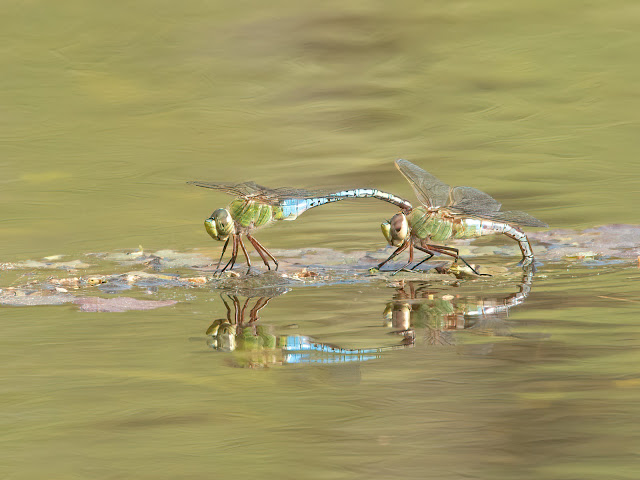Wonder

A Pair of Common Green Darners Laying Eggs on a Brilliant April Morning I have been missing my mark. In the initial post in this blog I closed by saying, " It is this wonder [of the renewal of life in a wetland that is often completely dry multiple months out of the year] that I hope to capture in this blog." Yet somewhere between there and here I have strayed. Wonder is certainly a subjective experience and difficult to capture and convey; nevertheless, I sense that I've wandered off target at some point and want to aim more precisely at this essential objective. In his beautiful essay, " A Case for Wonder ," environmental science professor and author, Christopher Norment, argues that wonder is an essential and too often missing ingredient in our lives. Rather than divorce it from science he binds them inextricably together. At the same time he is uncompromising in making the case that wonder is more than science. I can only encourage you to read his essay, ev...












